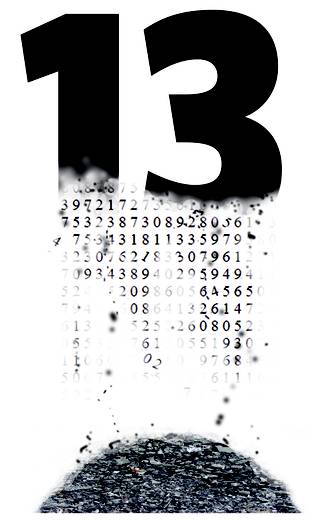Friday, May 11, 2012 | 2 a.m.
Related content
How does a Nevada high school get ranked 13th best in the country?
By mistake.
A year and a half ago, a state worker inside a sprawling government building a block from the state Capitol clicked his mouse, unwittingly sending bad data to a federal government education database used by researchers and others.
In this case, the bad data, which had the effect of misconstruing the academic achievements at Green Valley High School, ended up in the formula used by U.S. News and World Report to rank the nation’s best high schools.
When Green Valley’s principal saw his school’s No. 13 ranking and looked at the supporting data, he knew it didn’t add up. For instance, the ranking information pointed out that Green Valley had 477 students when in fact it has 2,850.
The mess-up originated inside the single-story Nevada Department of Education building — a world steeped in statistics, reflecting the national push to evaluate students, teachers, principals, schools and entire states on the weight of cold data. Presumably accurate data.
One day in September 2010, with a click of a button, Julian Montoya, the deputy director of accountability, sent the data to the federal Department of Education database. It’s called the Common Core of Data and is used extensively by academics, think tanks and educators. The data were filled with errors that, Nevada officials believe, were created by a computer program that collects data from school districts and forwards it to the federal government.
Beyond that, Montoya said, there were no easy answers. The federal grant that had paid for a programmer to work on the system ended in March. That worker has since moved to Texas.
The state doesn’t have the resources to check all the data it submits. Instead, it relies on the federal government to flag any discrepancies, said Carol Crothers, the Education Department’s director of assessment, program accountability and curriculum.
“It’s not like we have a bunch of people sitting around a table, adding up the numbers, making sure things are right,” she said. “It’s an automated process.”
At the federal level, two safeguards, meant to catch errors, failed.
One failure — during an “edit check” — appeared to be a programming issue that the federal government is still investigating, said Marilyn Seastrom, the chief statistician and acting deputy director with the National Center for Education Statistics, the statistical unit for the U.S. Department of Education.
A second check, done by the department with help from the U.S. Census Bureau, failed because of confusion among the staff over earlier errors that had been caught and ensuing confusion over which of those errors had been corrected. Suffice to say, it’s a long, complicated story.
“We are truly sorry it occurred,” Seastrom said. “We apologize for any embarrassments that occurred. We will redesign edit checks and procedures to make sure something like this doesn’t happen in the future.”
The wrong school data were posted online in April 2011. There they sat unnoticed and uncorrected for more than a year, crunched by an unknown number of analysts.
When the error was discovered by Green Valley Principal Jeff Horn, U.S. News and World Report pointed to the federal Common Core of Data website.
Crothers said it is preparing a contract for more computer programming to build a system that would catch discrepancies year-to-year for the data it submits.
She said she did not believe this data cost Nevada schools any money from federal grants.
Instead, the state and schools use a different set of numbers that, she said, are accurate.
The inaccurate Green Valley data on the federal website were still uncorrected late Thursday.


Join the Discussion:
Check this out for a full explanation of our conversion to the LiveFyre commenting system and instructions on how to sign up for an account.
Full comments policy